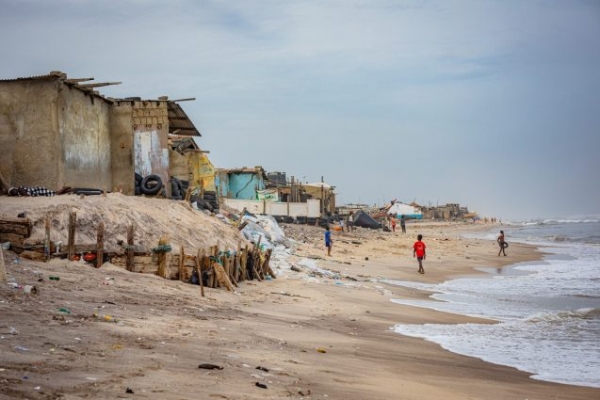With the impacts of climate change increasing around the world, efforts to adapt human infrastructure and practices might seem to be an unalloyed good.
With the impacts of climate change increasing around the world, efforts to adapt human infrastructure and practices might seem to be an unalloyed good. But there is such a thing as maladaptation. Much as medications have side effects, some adaptations turn out to do more harm than good, or at least enough harm that the negative effects must be weighed against the positives.
A new paper in the journal Nature Climate Change examines this issue and establishes an approach for assessing adaptation activities. One bottom-line result: infrastructure projects in general carry the most risks of maladaptation, while shifts involving changes in diet and restoration of natural areas carry the least.
The paper cites, for instance, seawalls. It points out that such structures might work at least for a while, but end up luring people to areas that are still exposed to sea-level rise. They may also serve as dams that trap floodwaters from rivers swollen by heavy rains.
Read More: Columbia Climate School
The oceanfront, Accra, Ghana. Construction of seawalls like the one here may hold back the waters for a while, but has a downside: it lures people to areas that remain highly vulnerable to changing climate. (Photo Credit: Ghanaian Yaw Afrim Gyebi/SLYCAN Trust)






